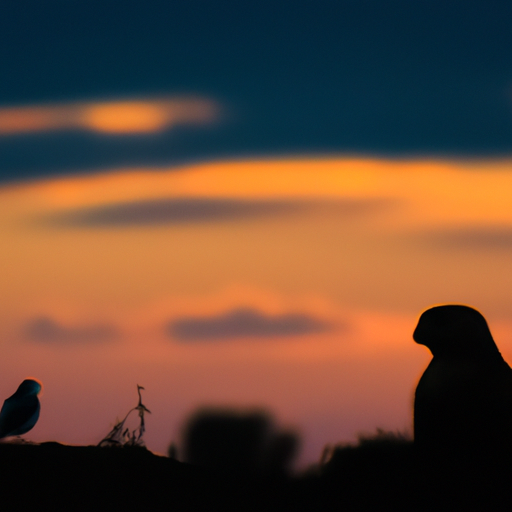Introduction
You’re probably like many others, curious about the circle of life and how different creatures fit into this vast ecosystem. Today, we’ll delve into a particular question: what eats prairie dogs? As a caregiver, it’s vital to understand the threats these adorable creatures face in their natural environment. So, let’s explore the predators of prairie dogs.
Who Are the Prairie Dogs?
Before you understand what eats prairie dogs, let’s look at who these creatures are. Prairie dogs are burrowing rodents native to the grasslands of North America. They’re sociable creatures and live in large colonies or “towns,” often with complex burrow systems.
Predators of Prairie Dogs: The Aerial Hunters
Prairie dogs have to constantly be on the lookout for predators from the sky. Large birds of prey, such as hawks and eagles, are some of the primary threats.
- Hawks: Hawks are swift hunters, capable of swooping down and picking up a prairie dog with their talons.
- Eagles: Eagles, particularly the golden eagle, can also prey on prairie dogs. Their excellent vision allows them to spot a prairie dog from great heights.
Predators of Prairie Dogs: The Ground Attackers
Not all threats come from the sky. Many land animals also make prairie dogs a part of their diet. Let’s look at some of the most common ones:
- Coyotes and foxes: These canine predators are skilled hunters and have been known to dig up prairie dog burrows to catch their prey.
- Badgers: Badgers are another threat to prairie dogs. These burrowing animals can invade prairie dog towns and prey on the inhabitants.
- Snakes: Snakes, especially rattlesnakes, can easily infiltrate prairie dog burrows and prey on young and unsuspecting prairie dogs.
| Predator | Hunting Method |
|---|---|
| Hawks | Swooping down from above |
| Eagles | Spotting from great heights |
| Coyotes | Digging up burrows |
| Badgers | Invading burrows |
| Snakes | Infiltrating burrows |
Human Impact on Prairie Dogs
Sadly, humans also pose a significant threat to prairie dogs. Destruction of habitat, poisoning, and hunting have all contributed to a decline in prairie dog populations. It’s crucial for us to recognize these threats and take steps to protect these unique creatures.
Frequently Asked Questions
Q: Do prairie dogs have any natural defenses against these predators?
A: Yes, prairie dogs have sharp claws for digging and can give a painful bite. They also have a complex system of warning calls to alert the colony of approaching predators.
Q: Are prairie dogs endangered?
A: Some species of prairie dogs are considered threatened due to habitat loss and disease.
Q: What can I do to help prairie dogs?
A: Support conservation efforts, educate others about the importance of prairie dogs to the ecosystem, and advocate for policies that protect their habitats.
As you can see, the life of a prairie dog is full of dangers. But with understanding and action, we can all play a part in ensuring that these creatures continue to play their role in the circle of life.



